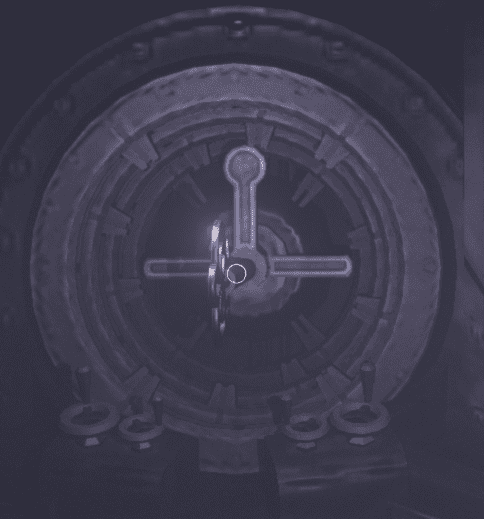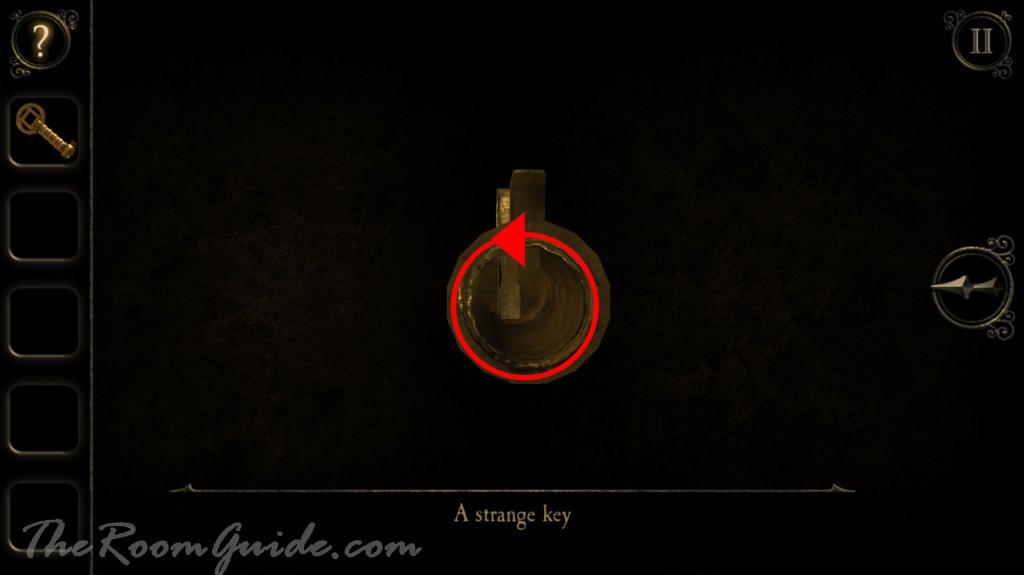


The timing of Kubler’s book publication in the early 1970s - on the brink of the 1974 revolution - accompanied a radicalization of the Portuguese architectural discourse. Kubler’s ideas were recovered in the 1990s in Portugal, not long after the tardy publication of the Portuguese translation of Kubler’s book in 1989, and became ubiquitous. More recently, in the aftermath of the global economic crisis of 2008, reemerged the attractiveness towards the small, the peripheral, and the radical. Eduardo Souto de Moura described his own work within the Portuguese Plain tradition. Portuguese Plain became a myth of origin. The present text proposes a spatial approach to a particular historiographical analysis: the deconstruction of the Brazilian modern architecture narrative as advanced by its main proponent architect Lucio Costa. The analysis is advanced from three different perspectives.

The first concerns the place from within the Brazilian modern architecture narrative evolved or the position occupied by Lucio Costa during the 1930s, a period of major cultural unrest under the Estado Novo dictatorship (1937-1945). The second perspective invoked the field of cultural geography scrutinizing Costa’s understanding of the concept of history and the way he operated the notions of transferences, exchanges, and dialogues either in the contemporaneous cultural space or between the past and the historical present. Costa’s commitments to the assertion of a national identity emerge vis a vis the supranational character of American scholars George Kubler and Robert Chester Smith’s formulations on Latin American art and architecture. The third and last perspective introduces the idea of cultural dialogue, following the tradition of the spatial theoretical formulations of Georg Simmel and Martin Buber in the first quarter of the 20th century. The shape of time was published in 1962 and represents, to this author at least, a personal meditation on Kubler's own experience as a historian of art. His debt to Henri Focillon, his first master, is clear but, over time, Kubler improved on that model through diverse contributions. The most important of them, I believe, derived from the structuralism then under elaboration by linguistics and anthropology. The book also provided a challenge to the iconological systems ongoing ever since the 1939 Panofsky book, Studies in Iconology. Against the 'symbolic language' of iconological studies, Kubler, as early as the preamble, puts forward 'the art as form'. Fifty years on from its first publication, I would suggest it retains a very active assessment of thinking on both history and the theory of art.įrom his perspective, that was productive territory in keeping with how he had applied it to the cultural peripheries in Mexico, Spain and Portugal. Hence, in my paper, I shall analyse the author's themes and concepts and reflect on their originality and productivity. I am especially interested in detecting how Kubler breaks up the occidental tradition linking history of art, philosophy, religion and literature, approaching anthropology, linguistics, the methodologies of scientific laboratory work as well as certain developments in the field of contemporary art. Finally, I will portray the major contributions of this book: the claim that art moves in an expanded geography, where the topography of centers and peripheries is always an open and ongoing process. Following this reflection, it becomes clear that this book is testimonial in character: a man restrained in theory and of great passion for positive analysis throughout the diversity of artistic systems, Kubler's Shape of Time is a kind of mirror on his work as historian.


 0 kommentar(er)
0 kommentar(er)
